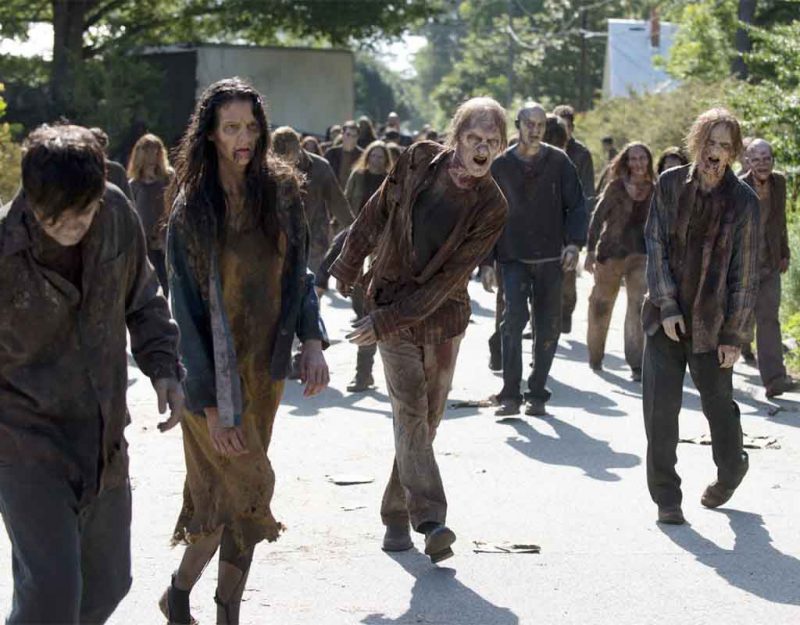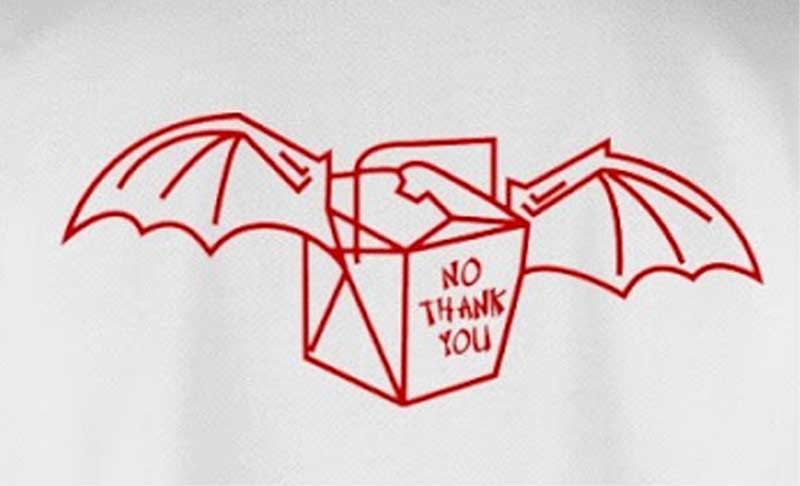Panicdemic (#13)
Virus
-
Cargill to close meat-packing plant at centre of Alberta outbreak
The facility churns out roughly 40 per cent of Western Canada’s processed beef and is a key part of the province’s agriculture industry. Alberta has linked 484 cases of COVID-19 to this plant and dozens more at a competing facility.
What is the connection between raw meat (as in wet markets) and COVID-19 transmission?
-
‘Cytokine Storms’ Seen in Some COVID-19 Patients Could Be Halted by Specially Developed Proteins, Scientists Say
“The idea is that [the proteins] can be injected into the body and bind to the excessive cytokines as generated by the cytokine storm, removing the excessive cytokines and alleviating the symptoms from the infection,” Rui Qing, a senior author of the study from MIT, said in a statement.
-
What Are the Stats from “No-Order” States Telling Us?
The infection rate for all 23 states which have not adopted one or more of the recommended containment strategies is well below the national average. If you just look at the 8 states CNN called out, their infection rate is less half the national average.
-
Coronavirus attacks lining of blood vessels all over the body, Swiss study finds
“It enters the endothelium [layer of cells], which is the defence line of the blood vessels. So it brings your own defence down and causes problems in microcirculation,” said Ruschitzka, referring to circulation in the smallest of blood vessels.
-
Testicles may make men more vulnerable to coronavirus: study
Dr. Aditi Shastri, an oncologist at Montefiore Medical Center in the Bronx, and her mother, Dr. Jayanthi Shastri, a microbiologist at the Kasturba Hospital for Infectious Diseases in Mumbai, said the virus attaches itself to a protein that occurs in high levels in the testicles.
This protein, known as angiotensin converting enzyme 2, or ACE2, is present in the lungs, the gastrointestinal tract and the heart in addition to large quantities in the testicles.
But since testicles are walled off from the immune system, the virus could harbor there for longer periods than the rest of the body, according to the study.
This is just because PornHub made memberships free during this pandemic, right?
-
Coronavirus batters the Navajo Nation, and it’s about to get worse
As of Monday, the Navajo Nation, which sprawls across three states, had 1,197 positive coronavirus cases. It has a per capita infection rate 10 times higher than that of neighboring Arizona and the third-highest infection rate in the country behind those of New York and New Jersey. Forty-four people have died, more than in 14 other states.
During the H1N1 flu epidemic in 2009, Native Americans died at four to five times the rate of other Americans.
-
Blood Pressure Meds Point the Way to Possible COVID-19 Treatment
So far, the data supporting the connection between blood pressure medications—specifically, angiotensin-converting-enzyme (ACE) inhibitors and angiotensin receptor blockers (ARBs)—and COVID-19 are scant.
A closer look at the underlying mechanisms of the medications has also buoyed another idea for how to treat COVID-19—give patients the enzyme ACE2 as a decoy to direct SARS-CoV-2 away from their cells. A biotech company developing such an approach using recombinant ACE2 received regulatory approval today (April 2) to start clinical trials on COVID-19 patients.
[Penninger] started a study in mice, and in 2005 published the first definitive evidence that SARS-CoV uses ACE2 to infect its host’s cells. In the same study, Penninger and his colleagues showed that the virus reduces ACE2 abundance, which results in ramped-up angiotensin II levels, in turn causing acute lung failure. The work revealed what made SARS-CoV so deadly, he says.
-
Doctors Suspect Mystery COVID-19 Lung Problems, Plea for New Approach
Assessing the outcomes of COVID-19 patients on ventilators, Brooklyn emergency room physician Dr. Cameron Kyle-Sidell found worse outcomes than expected. He told Medscape that around 70% of COVID-19 patients on ventilators never recover, based on his research.
Based on Dr. Gattinoni’s observations, as well as his own experiences and those of colleagues, Dr. Kyle-Sidell began to look for other conditions as a model—specifically “the bends,” or depressurization sickness experienced by SCUBA divers, and high-altitude sickness.
“Clinically (some COVID-19 patients) look a lot more like high-altitude sickness than they do pneumonia,” he said.
-
At least 11 out of 100 have antibodies to the coronavirus in the Stockholm area
In a new corona test done on blood donors in the Stockholm area, it turns out that at least 11 out of 100 had developed antibodies. The actual figure is believed to be higher.
-
Coronavirus’s ability to mutate has been vastly underestimated, and mutations affect deadliness of strains, Chinese study finds
Genetic scientists had noticed that the dominant strains in different geographic regions were inherently different. Some researchers suspected the varying mortality rates could, in part, be caused by mutations but they had no direct proof.
Li’s team detected more than 30 mutations. Among them 19 mutations – or about 60 per cent – were new.
The most aggressive strains could generate 270 times as much viral load as the weakest type. These strains also killed the cells the fastest.
Panic
-
Sending Hospitals Into Bankruptcy
Most doctors and hospitals make most of their money on elective procedures for privately insured patients. Now their largest revenue stream has dried up. Outside of a few hot spots, few providers are inundated with coronavirus patients.
-
China cries foul over calls for COVID-19 transparency
The United States has suggested China is responsible for the spread of the coronavirus. Last Wednesday, Secretary of State Mike Pompeo asked Chinese Ambassador Yang Jiechi for full transparency. The top U.S. diplomat has also criticized the World Health Organization and has accused the Chinese government of a cover-up.
Germany and Australia are demanding accountability. Worse still for China: American lawyers.
-
France urges Apple and Google to ease privacy rules on contact tracing
At the heart of the criticism is the question of who has the power to decide the best balance between user privacy and contact tracing efficacy: technology companies or public health bodies.
-
BBC Global Minds Coronavirus survey results
COPING DURING THIS TIME
1. Over a half of our audience are watching/reading more News on TV or online than they used to.
2. Reading books is popular (56%) whilst technology is also being used more by many at this time (48%).
3. 38% of our viewers are using this time to think about living more sustainably.
4. 1 in 4 of our viewers are using this time to learn a new skill. The top new skills being learned are: a new language (38%), new computer programme (34%), and learning how to cook (31%).
5. Our audience are creative and entrepreneurial. Almost 1 in 3 are using this time to think about launching a new project once the pandemic is over.OUTLOOK AND MINDSET
1. Our global audience are taking the pandemic seriously but have a positive and hopeful state of mind. The top sentiments expressed are that they feel ‘Fortunate’ (62%), and ‘Well Informed’ (57%).
2. Our audience are inspired by feeling a part of a global movement of recovery. This is particularly felt by our viewers in the US and Africa, and our younger viewers in general.
3. 1 in 4 are donating to charity or volunteering.
4. Our younger audience are more optimistic than average, with 1 in 4 believing the economy will recover within 12 months, while business leaders are less optimistic, with 1 in 3 believing it will take more than 2 years.
5. 16% of our audience are already planning to take a trip abroad once the pandemic ends. -
Lululemon distances itself from ‘Bat Fried Rice’ T-shirt after design stirs nationalist backlash in China
Some Weibo users called for a boycott of the brand, whose yoga pants sell for more than US$100, because it was “insulting China” with the design, despite the Canadian company having no official affiliation.
Tags: covid-19, linkpost, panicdemic











